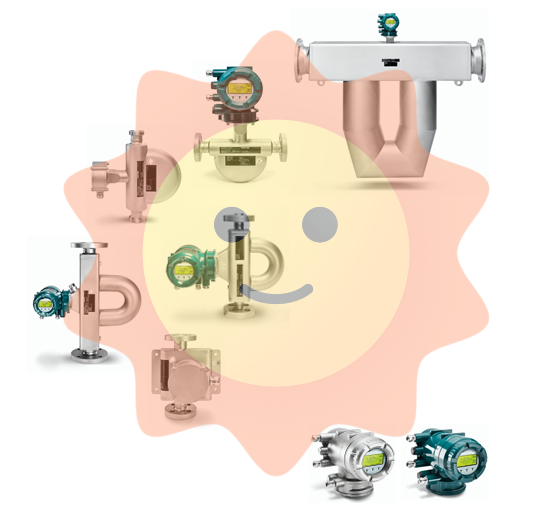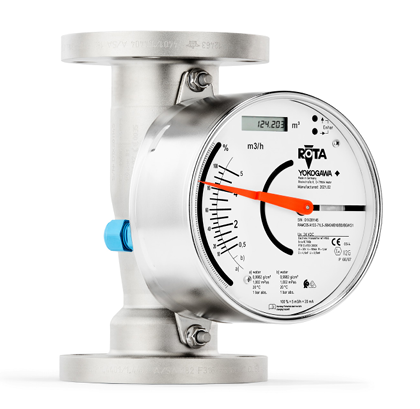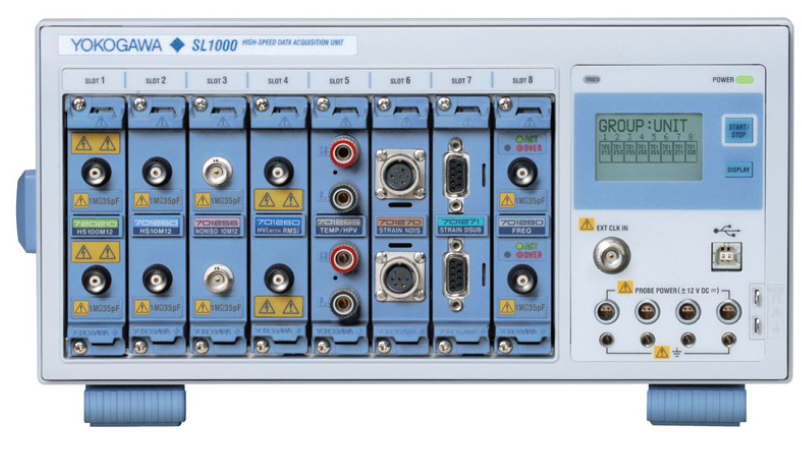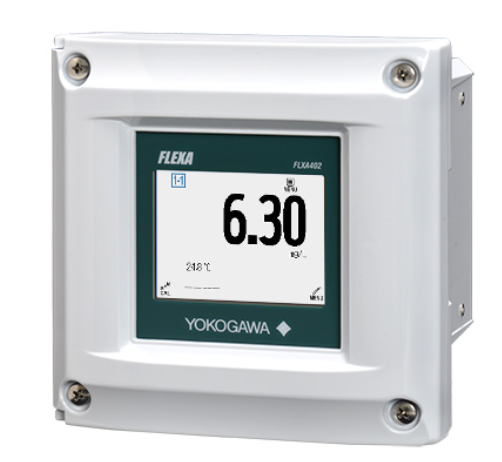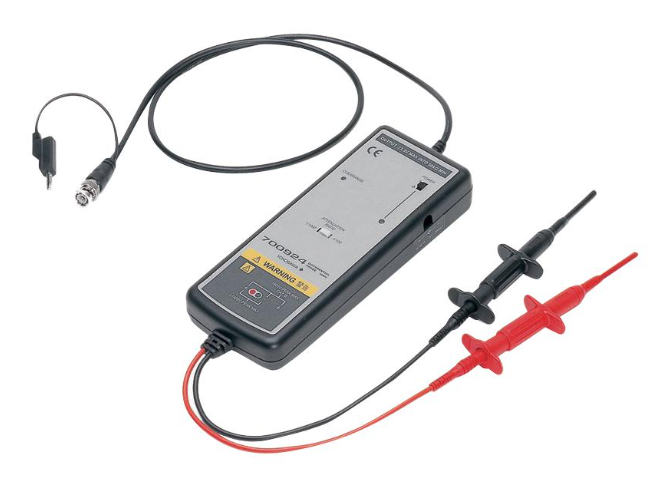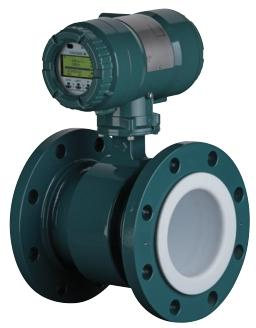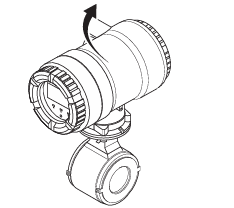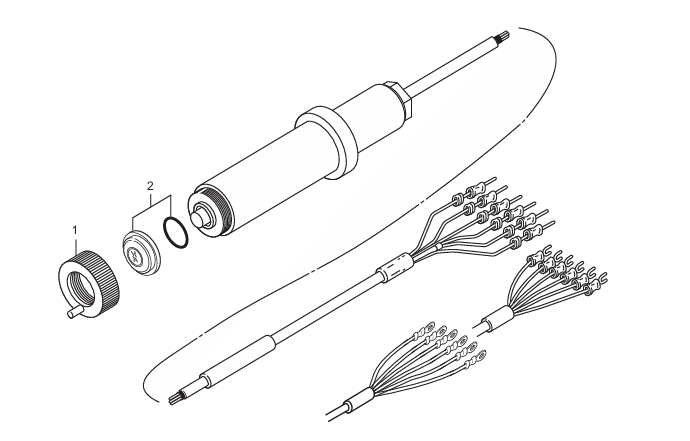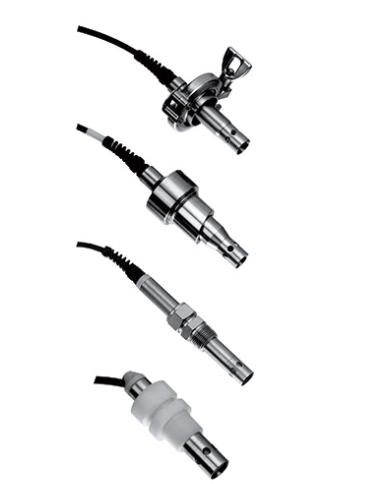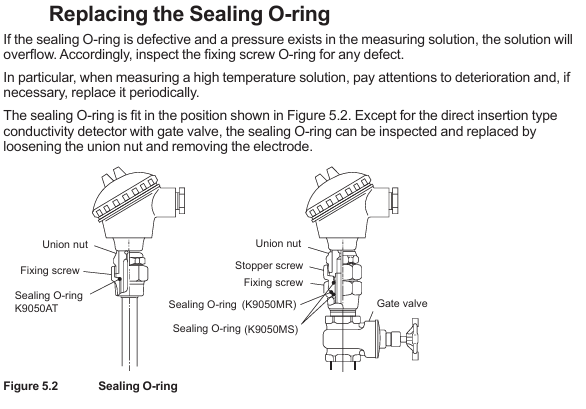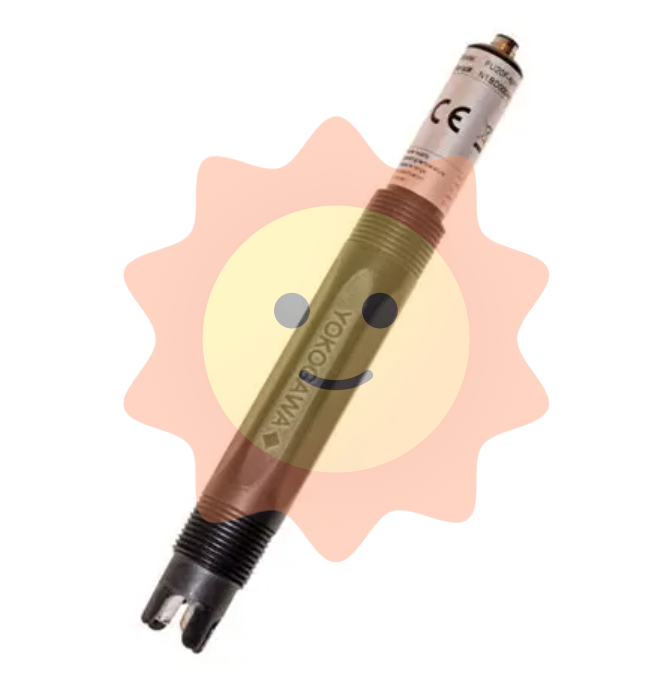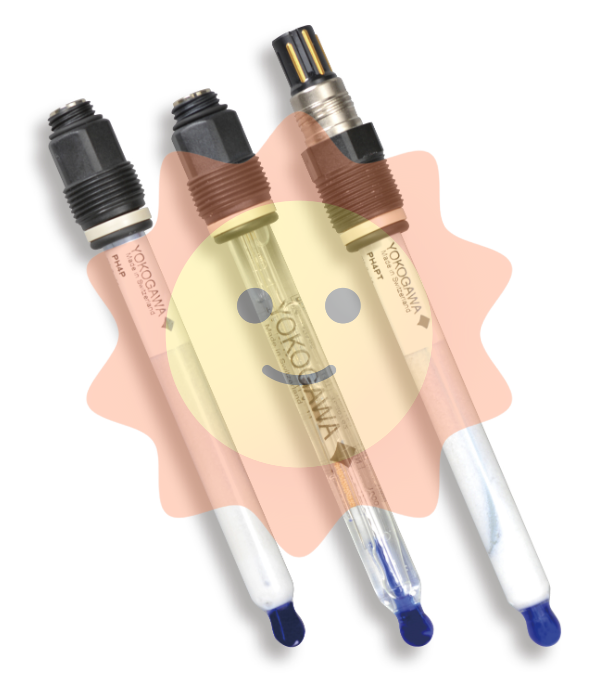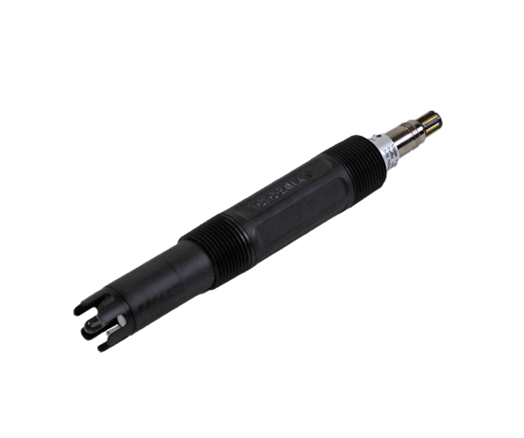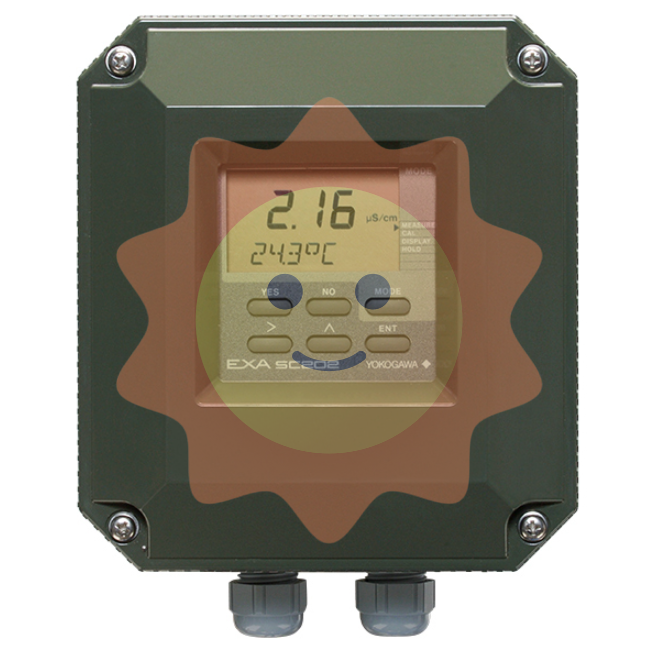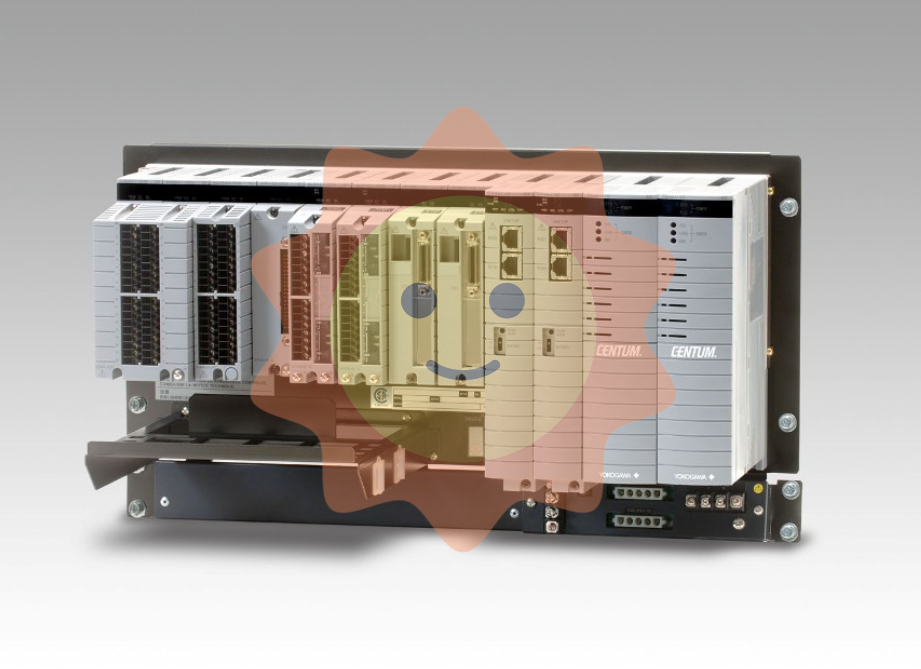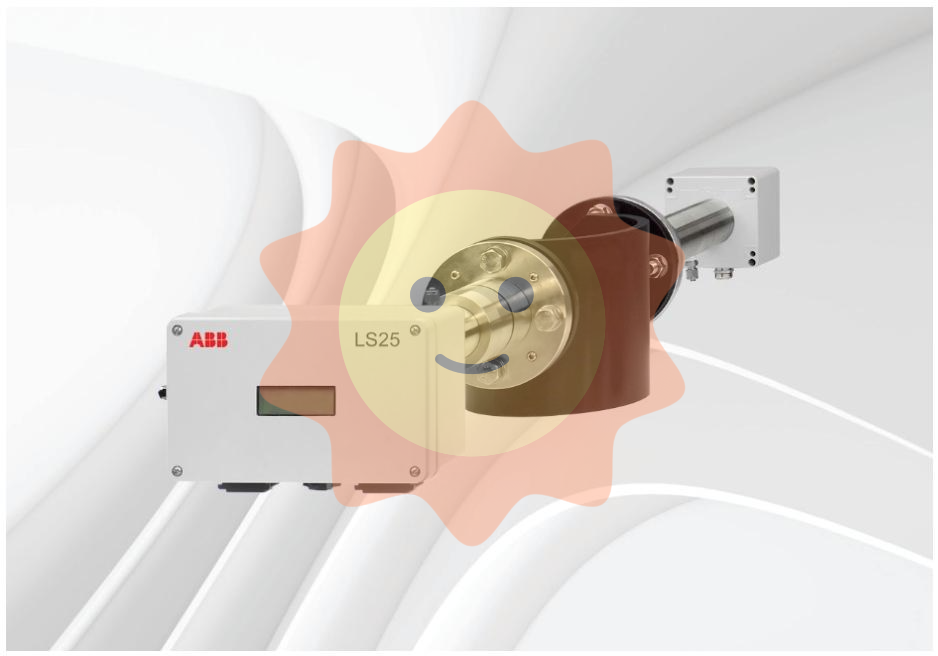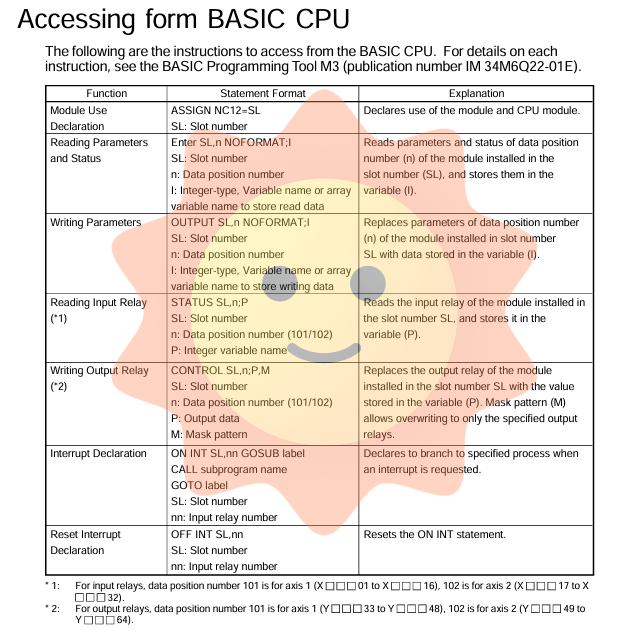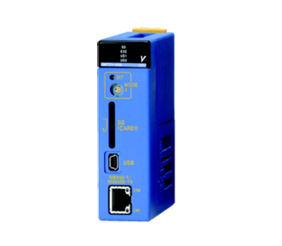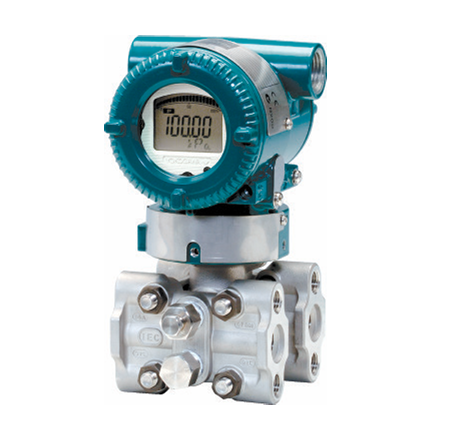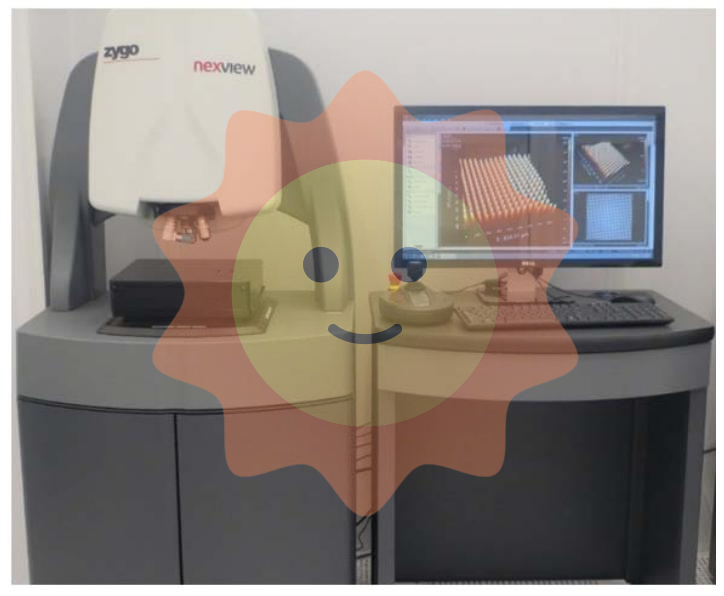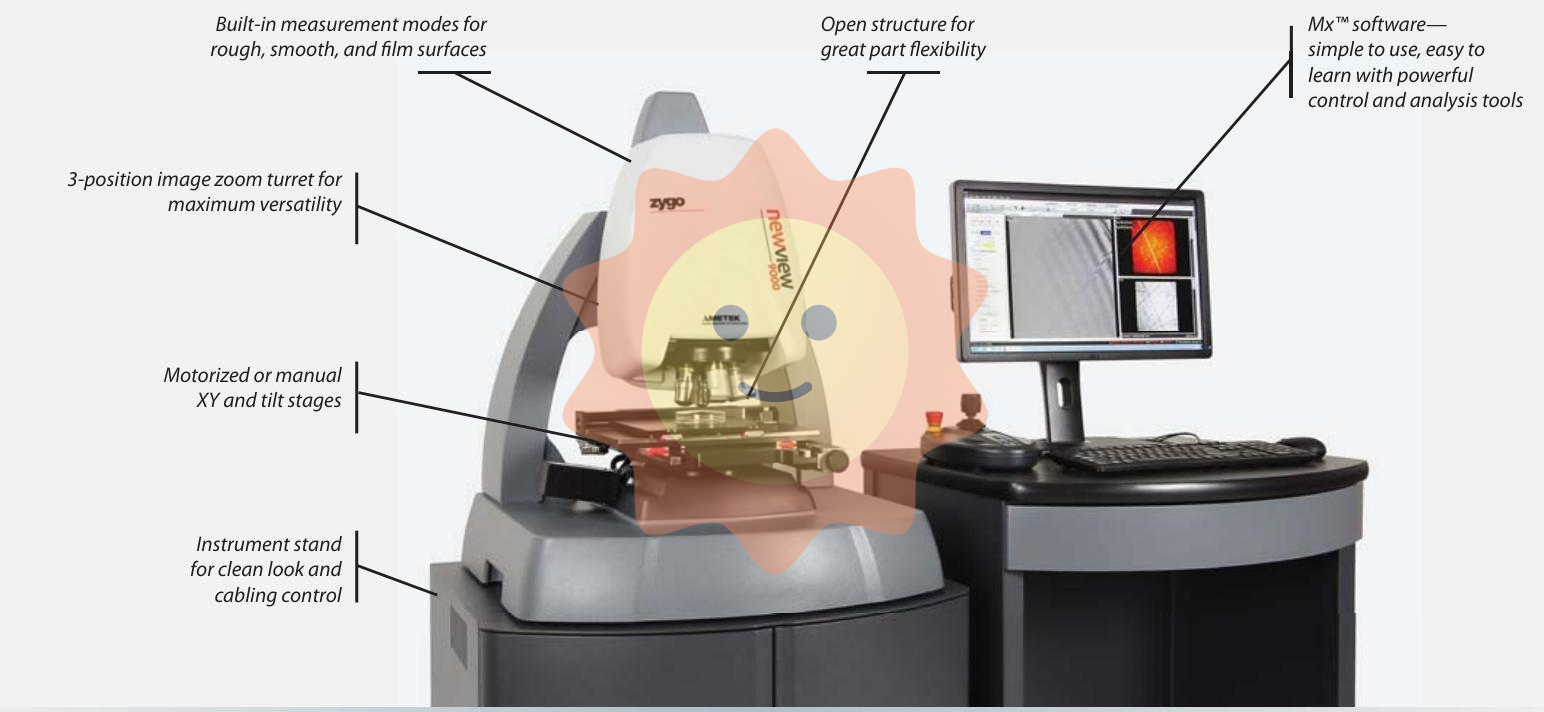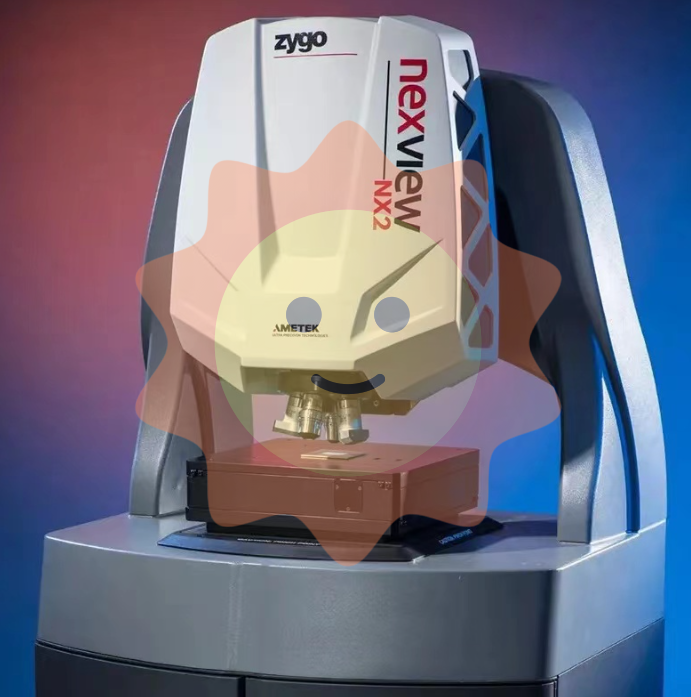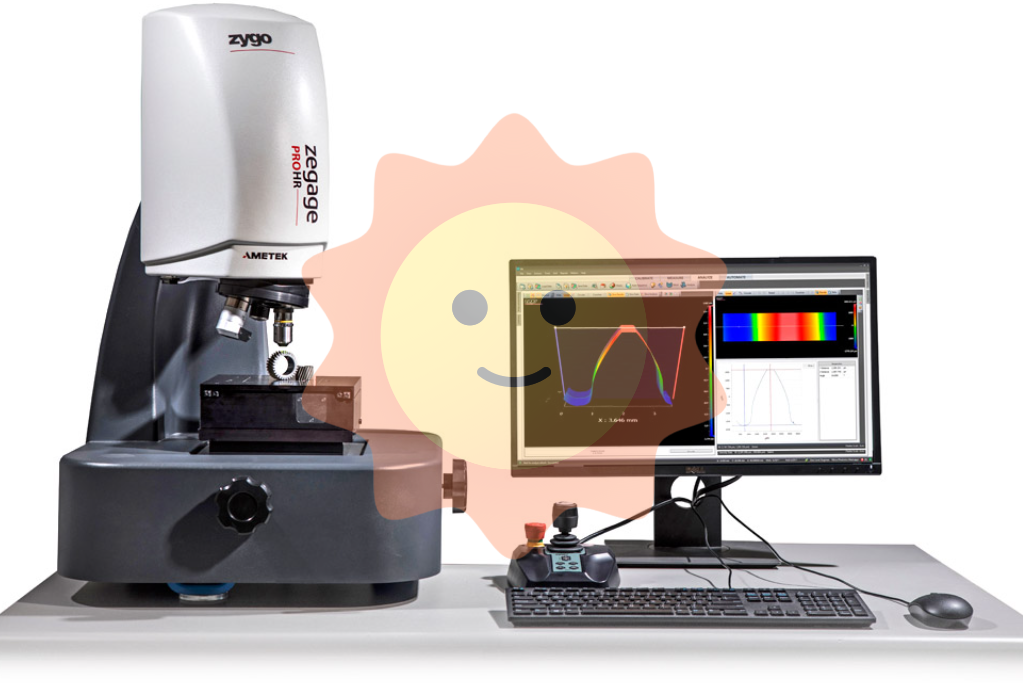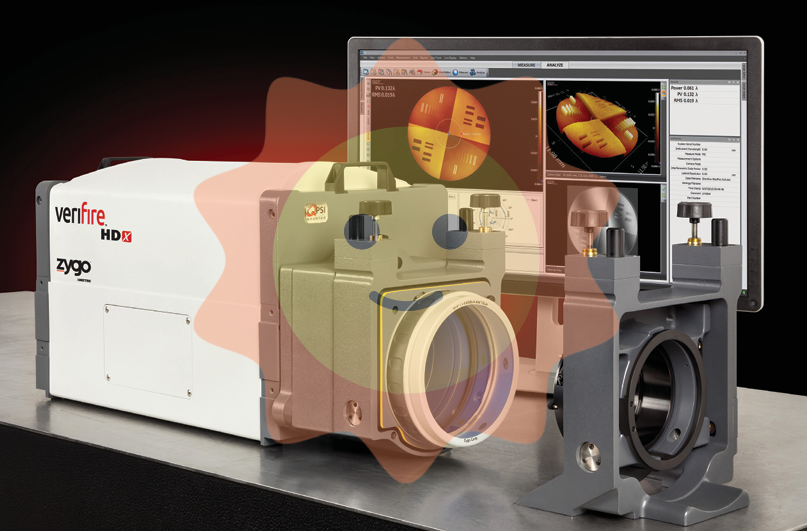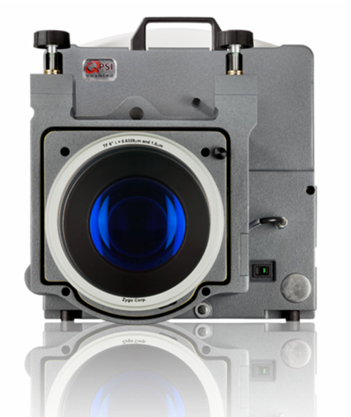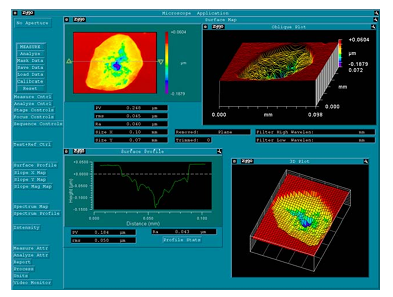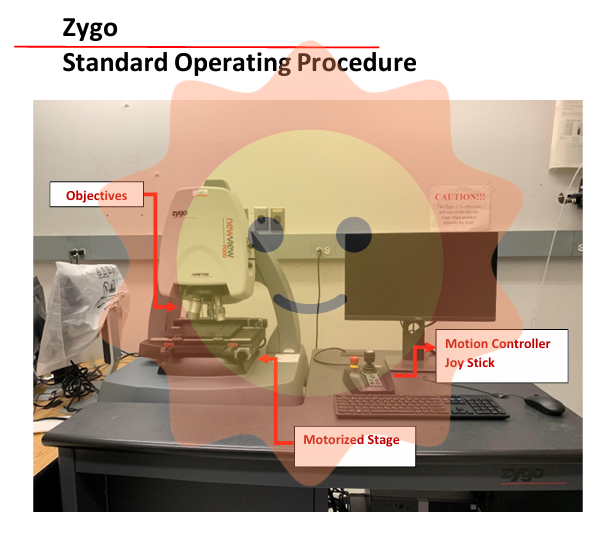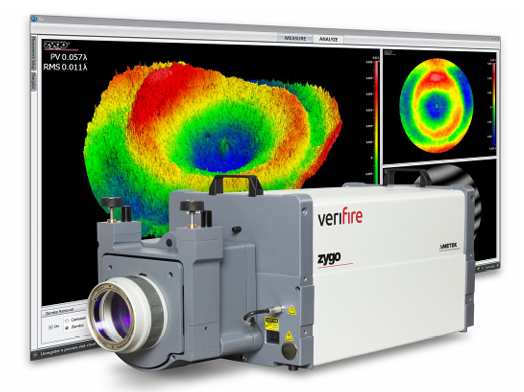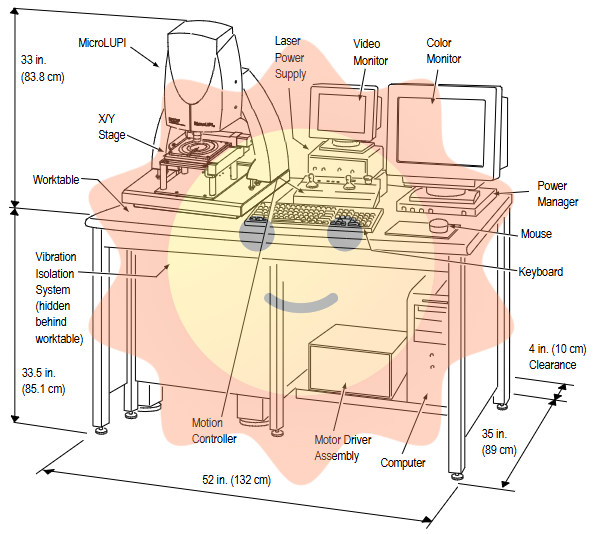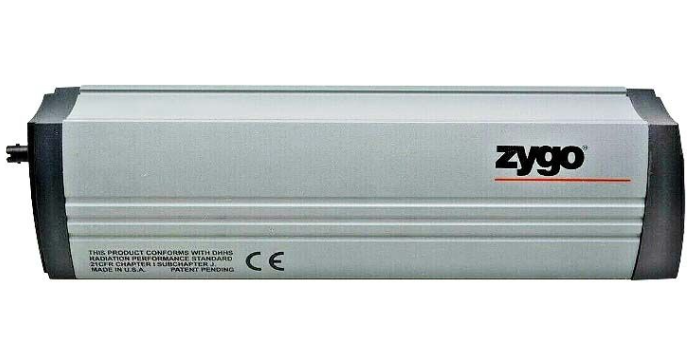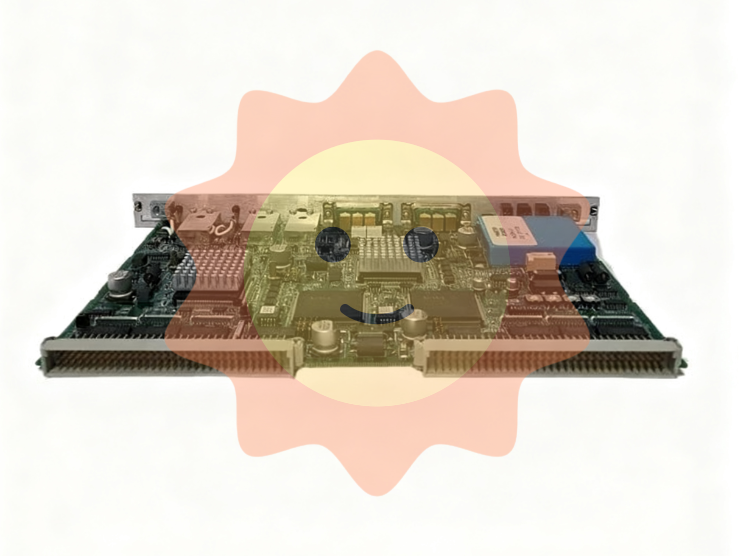ABB O3EId HENF452777R3 is a high-density, high reliability digital output module designed specifically for industrial automation control systems. It belongs to the ABB AC500 series PLC expansion module family and its core function is to convert the digital control signals of the PLC into physical signals that can drive external actuators, achieving precise control of equipment such as valves, motors, and indicator lights. This module, with ABB's mature technology in the field of industrial control, has the characteristics of fast output response speed, wide load adaptation range, and strong anti-interference ability. It can operate stably in harsh industrial environments in multiple industries such as chemical, power, metallurgy, and intelligent manufacturing. It is a key component for building efficient and reliable automation control systems.
ABB O3EId HENF452777R3 Digital Output Module
Product Overview
ABB O3EId HENF452777R3 is a high-density, high reliability digital output module designed specifically for industrial automation control systems. It belongs to the ABB AC500 series PLC expansion module family and its core function is to convert the digital control signals of the PLC into physical signals that can drive external actuators, achieving precise control of equipment such as valves, motors, and indicator lights. This module, with ABB's mature technology in the field of industrial control, has the characteristics of fast output response speed, wide load adaptation range, and strong anti-interference ability. It can operate stably in harsh industrial environments in multiple industries such as chemical, power, metallurgy, and intelligent manufacturing. It is a key component for building efficient and reliable automation control systems.
As the core node connecting the control layer and the execution layer, the O3EId module not only supports seamless integration with ABB AC500 series PLCs, but also is compatible with some third-party PLC systems through standardized interface design and communication protocols, providing users with flexible system integration solutions. Its modular structural design is easy to install and maintain, and can flexibly expand output channels according to actual control needs, effectively reducing system construction costs and later maintenance difficulties.
Core functional characteristics
2.1 High density output and flexible load adaptation
The O3EId module adopts a high-density channel design, and a single module can provide 16 independent digital output channels. Each channel supports two output modes: dry contact and wet contact, which can flexibly adapt to different types of load devices. In terms of load parameters, the module supports a maximum output capability of 2A/250V AC or 2A/30V DC, which can directly drive commonly used industrial actuators such as small AC contactors, solenoid valves, and indicator lights without the need for additional power amplification modules, simplifying system wiring and architecture.
Each output channel of the module is equipped with independent overcurrent and short-circuit protection devices. When the load experiences overcurrent or short-circuit faults, the output circuit of the channel can be quickly cut off to prevent the fault from spreading to the core circuit of the module and the PLC system. At the same time, the fault status is fed back in real time through LED indicator lights, making it easy for operation and maintenance personnel to quickly locate the problem.
2.2 High speed response and precise control
In response to the high demand for control timeliness in industrial production, the O3EId module adopts a high-speed output drive circuit design, with a response time of ≤ 1ms for output signals. It can quickly respond to control instructions issued by PLC, ensuring timely action of the executing mechanism, especially suitable for production line beat control, precision machining and other scenarios that require high time accuracy. In addition, the module supports the forced set/reset function of output signals, and operation and maintenance personnel can directly control the output channel status through PLC programming or specialized debugging tools, which facilitates system debugging and troubleshooting.
The module also has an output status feedback function, and the actual working status of each output channel can be fed back to the PLC in real time, forming a control loop. By comparing the instruction signal and the feedback signal, the PLC can timely detect output line faults, load abnormalities, and other problems, improving the reliability of the system's control.
2.3 Industrial grade reliability and anti-interference design
To adapt to the harsh environment of industrial sites, the O3EId module fully adopts industrial grade components in hardware design, with a working temperature range covering -25 ℃~+70 ℃, and can withstand extreme environments such as high temperature, low temperature, and humidity; The module has passed strict electromagnetic compatibility (EMC) testing and complies with the IEC 61000-4 series standards. It has strong anti electromagnetic interference capabilities and can effectively resist electromagnetic radiation, surge impact, and conducted interference in industrial sites, ensuring the stability of output signals.
In terms of power supply design, the module supports DC 24V wide voltage input (± 15% fluctuation range), which can adapt to unstable power supply environments in industrial sites; At the same time, the module adopts photoelectric isolation technology internally to electrically isolate the output circuit from the control circuit (isolation voltage ≥ 2500V AC), preventing external high voltage or interference signals from entering the PLC system and ensuring the safe operation of the control system.
2.4 Convenient diagnosis and operation functions
The O3EId module is equipped with rich status indication and diagnostic functions. The front of the module is equipped with power indicator lights, operation indicator lights, and status indicator lights for each output channel (lit during normal output, flashing or extinguishing during faults). Operation and maintenance personnel can intuitively judge the working status of the module and channel fault conditions through the indicator lights. In addition, the module supports remote diagnosis through ABB AC500 PLC programming software (such as Control Builder Plus), which can read key data such as temperature, voltage, and channel fault codes in real-time, facilitating preventive maintenance.
The module adopts a standardized DIN 35mm rail installation method, and the installation and disassembly process is simple and fast; The wiring adopts spring type terminal blocks, which can fix and dismantle the wires without the use of tools. This not only improves the wiring efficiency but also ensures the reliability of the wiring, reducing faults caused by poor contact.
Key technical parameters
parameter category
Specific parameters
Instructions
output channel
16 independent digital output channels
High density design to meet multi load control requirements
output type
Relay output (dry contact)/transistor output (wet contact), configurable
Flexible adaptation to AC/DC loads
Output load capacity
Maximum 2A/250V AC; Maximum 2A/30V DC
Directly drive commonly used industrial actuators
response time
≤ 1ms (transistor output); ≤ 10ms (relay output)
High speed response ensures control accuracy
isolation level
Channel isolation: 1500V AC; Isolation between control circuit and output circuit: 2500V AC
Strong isolation protection to enhance system security
power input
DC 24V ± 15%, current ≤ 100mA (no-load)
Wide voltage input, suitable for industrial power supply environment
working environment
Temperature: -25 ℃~+70 ℃; Humidity: 5%~95% (no condensation); Protection level: IP20
Adapt to harsh industrial site environments
Electromagnetic Compatibility
Compliant with IEC 61000-4-2 (ESD), IEC 61000-4-3 (RS), IEC 61000-4-5 (Surge)
Strong anti-interference ability to ensure stable operation
Overall dimensions
100mm (length) x 140mm (width) x 32mm (height)
Compact size, saving installation space
weight
About 300g
Lightweight design for easy installation
Typical application scenarios
4.1 Control of reaction vessels in the chemical industry
In the control system of chemical production reaction vessels, the O3EId module serves as the core output unit, receiving control instructions from the PLC and driving the feed valve, discharge valve, stirring motor and other actuators of the reaction vessel. The module controls the start stop and action status of different devices through 16 output channels, such as controlling the opening and closing degree of the feed valve based on the feed amount calculated by the PLC, and achieving uniform mixing of reaction materials through the start stop of the mixing motor. The overcurrent protection function of the module can effectively avoid motor overload faults caused by valve jamming, and the isolation design prevents strong electromagnetic interference in the chemical workshop from affecting the control signal, ensuring the safety and stability of the reactor production process.
4.2 Auxiliary control of substations in the power industry
In the substation auxiliary control system, the O3EId module is used to control auxiliary equipment such as indicator lights, fans, heaters, etc. of the high-voltage cabinet. When the substation monitoring system detects that the temperature inside the high-voltage cabinet is too high, it sends instructions to the module through PLC, and the module drives the fan to start for heat dissipation; When the environmental humidity exceeds the standard, control the operation of the heater to reduce the humidity and avoid a decrease in the insulation performance of the equipment. The status feedback function of the module can provide real-time feedback on the operating status of fans and heaters, facilitating the monitoring system to detect equipment failures in a timely manner, ensuring the reliable operation of substation auxiliary facilities, and providing a stable operating environment for power equipment.
4.3 Intelligent Manufacturing Production Line Control
On intelligent manufacturing production lines such as automotive parts and electronic components, the O3EId module is responsible for controlling equipment such as conveyor, robotic arm end effectors, and fixtures on the production line. The module receives production cycle instructions from the PLC, accurately controls the start stop and speed switching of the conveyor, drives the robotic arm to complete the grabbing and placement of parts, and achieves the positioning and fixation of parts through the clamping and releasing of fixtures. Its high-speed response characteristics ensure the coordinated and consistent actions of various devices, improving the production efficiency of the production line; The convenient diagnostic function facilitates operation and maintenance personnel to quickly handle equipment jamming, line faults, and other issues, reducing production line downtime.
4.4 Control of Steel Rolling Production Line in Metallurgical Industry
In the metallurgical steel rolling production line, the O3EId module is used to control the hydraulic valves, cooling water pumps, conveyor rollers, and other equipment of the rolling mill. The module drives the hydraulic valve to adjust the pressure and clearance of the rolling mill according to the rolling process parameters issued by the PLC, controls the start and stop of the cooling water pump to achieve the cooling of the rolling mill, and transports the steel billet to the designated rolling process through the operation of the conveyor roller. The wide temperature working range of the module can adapt to the high temperature environment of the steel rolling workshop, and its strong anti-interference ability can resist the electromagnetic radiation generated by large motors in the workshop, ensuring the precise action of each actuator during the steel rolling process and improving the dimensional accuracy and quality stability of the steel rolling products.
Installation and configuration points
5.1 Installation specifications
-The module needs to be installed on a DIN 35mm standard guide rail, and the installation location should be selected in a well ventilated area away from high temperatures (such as rolling mills, heating furnaces), high dust, and corrosive gases, avoiding direct sunlight;
-The installation distance between modules and other devices should not be less than 50mm to ensure good heat dissipation and prevent module temperature from being too high due to dense installation;
-Before wiring, it is necessary to disconnect the module power supply and load power supply, strictly follow the module terminal block identification for wiring, distinguish the positive and negative poles of the power supply, output channel lines, and common lines, and avoid reverse connection or short circuit;
-The output circuit should use shielded cables, with one end of the shielding layer grounded (grounding resistance ≤ 4 Ω), and laid separately from the power cable (spacing ≥ 300mm) to reduce electromagnetic interference;
-After the module installation is completed, it is necessary to check whether the wiring terminals are tightened to avoid loose wiring caused by vibration, which may affect the stability of the output signal.
5.2 Configuration Process
1. Hardware connection: Connect the O3EId module to the ABB AC500 series PLC through the bus interface, complete the module power wiring and output channel load wiring, ensure that the wiring is correct, and then connect the power supply;
2. Software configuration: Create a new project in ABB Control Builder Plus programming software, add O3EId module (model selection "HENF452777R3"), and configure the communication address of the module (matching with the PLC bus address);
3. Channel parameter setting: Configure the output mode (relay/transistor) of each output channel according to the load type (AC/DC), and set the output fault threshold (such as overcurrent protection current value);
4. Control program writing: Write output control logic in PLC program using LD (ladder diagram) or ST (structured text) language to achieve start stop control and status monitoring of each channel;
5. Download and Test: Download the configuration parameters and control program to the PLC, start the system for testing, and verify the normal operation of each output channel and the effectiveness of the fault protection function through module indicator lights and software monitoring screens.
Maintenance and troubleshooting
6.1 Daily Maintenance
Daily maintenance should follow the principle of "regular inspection and prevention first", which includes checking the module power indicator light, operation indicator light, and channel status indicator light for normal operation, flashing or extinguishing every week; Clean the dust on the surface of the module and the wiring terminals every month, check if the wiring terminals are loose, and ensure good contact; Read the internal temperature, voltage and other parameters of the module through programming software every quarter to determine whether the module's operating status is stable; Every year, the output channels of the module are subjected to on-off testing to verify the effectiveness of the fault protection function. At the same time, the firmware version of the module is checked and any updates are promptly upgraded.
6.2 Common troubleshooting
Fault phenomenon
Possible reasons
troubleshooting method
The power indicator light is not on, and the module is unresponsive
The power supply is not connected; Abnormal power supply voltage; Loose or short circuited power wiring
Check if the power switch is closed and measure if the power voltage is within the range of DC 24V ± 15%; Re plug and unplug the power supply wiring, check if the wiring terminals are securely fastened, and eliminate the short circuit fault
A certain output channel has no signal and the load does not move
PLC control instructions have not been issued; Loose output channel wiring; Channel failure or load failure
Monitor whether the PLC output instructions are normal through software; Check if the wiring of the channel is secure; Replace the load test. If the load is normal, it is judged as a module channel fault and the module needs to be replaced
The output channel fault indicator light is flashing
Load overcurrent or short circuit; Channel overcurrent protection device triggered; Internal circuit failure of module
Disconnect the load power supply and check if the load is short circuited; Measure whether the load current exceeds the maximum load capacity of the channel; If the load is normal and the fault still exists after restarting the module, contact ABB after-sales for repair
Communication interruption between module and PLC
Loose bus interface; Communication address configuration error; Bus cable malfunction
Re plug and unplug the bus interface to ensure a secure connection; Check if the communication address of the module is consistent with the PLC configuration; Replace the bus cable for testing and eliminate cable faults
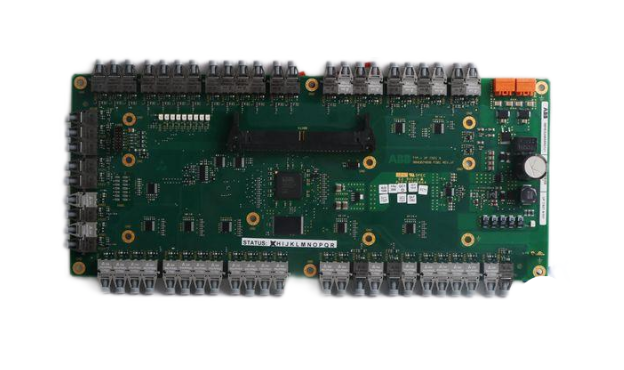
- User name Member Level Quantity Specification Purchase Date
- Satisfaction :
-









Email:wang@kongjiangauto.com

